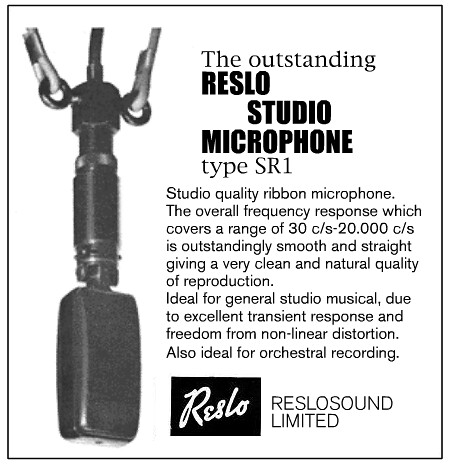The Fostex printed ribbons are rather odd microphones, using a membrane with a metal track suspended in a magnetic field to generate the signal. Although they have a natural figure of 8 response, their sound is more like a moving coil dynamic than a ‘true’ ribbon microphone.
This one was probably once used as a donor mic to fix a broken one – it arrived without a capsule assembly.
 |
| Fostex printed ribbon mic |
Sadly, Fostex UK were unable to supply a replacement part, so for now at least it has been converted into a Frankenphone ribbon mic.
 |
| Another Frankenphone! |
I used a spare ribbon frame from a Reslo mic, with a pair of small neodynium magnets glued to the frame, which gave a field of around 6000 Gauss (normal Reslos are around 4000 gauss). The new ribbon assembly fitted neatly into the old mount, needing just two strips of foam to hold it in place.
 |
| Fostex transformer and switch unit |
The Fostex transformer and filter switch were still present, but were designed for the Fostex printed ribbon capsule, and are unsuitable for a ‘real’ ribbon microphone. I wound a custom 1:34 transformer for the job, which works nicely. The mic has a full range output and sounds pretty good!






